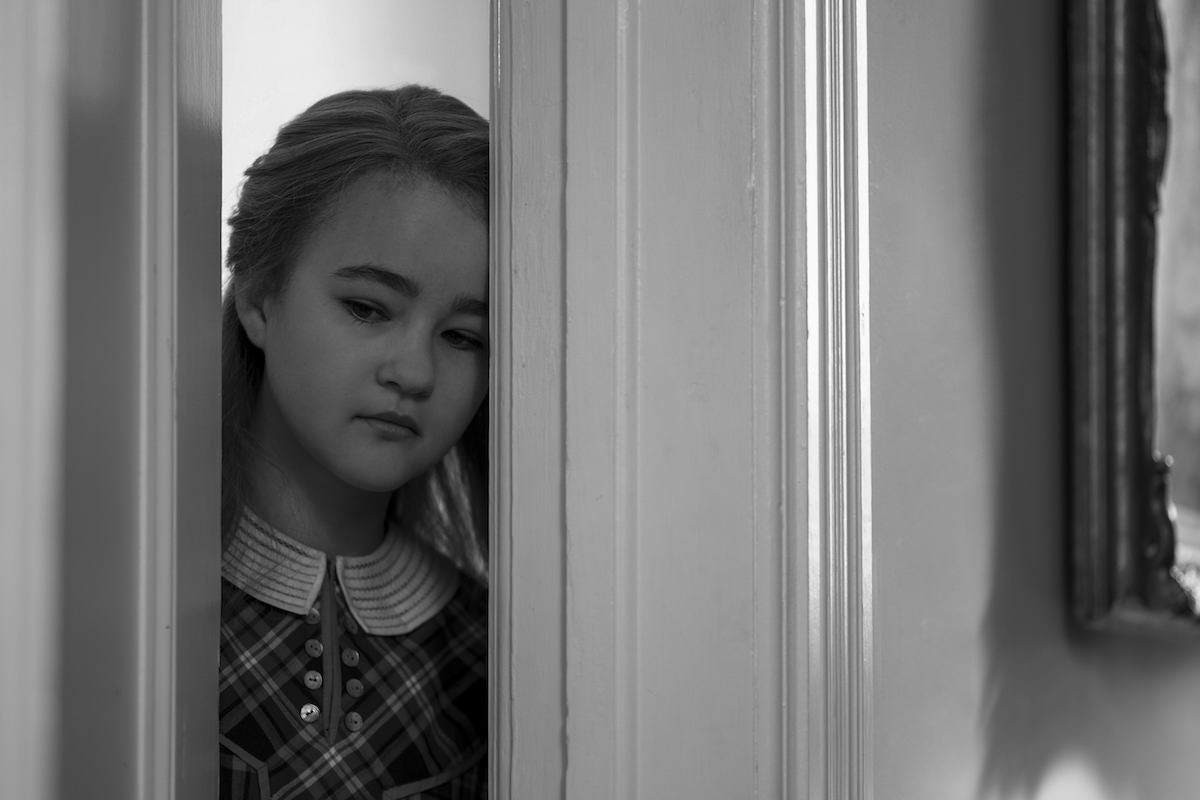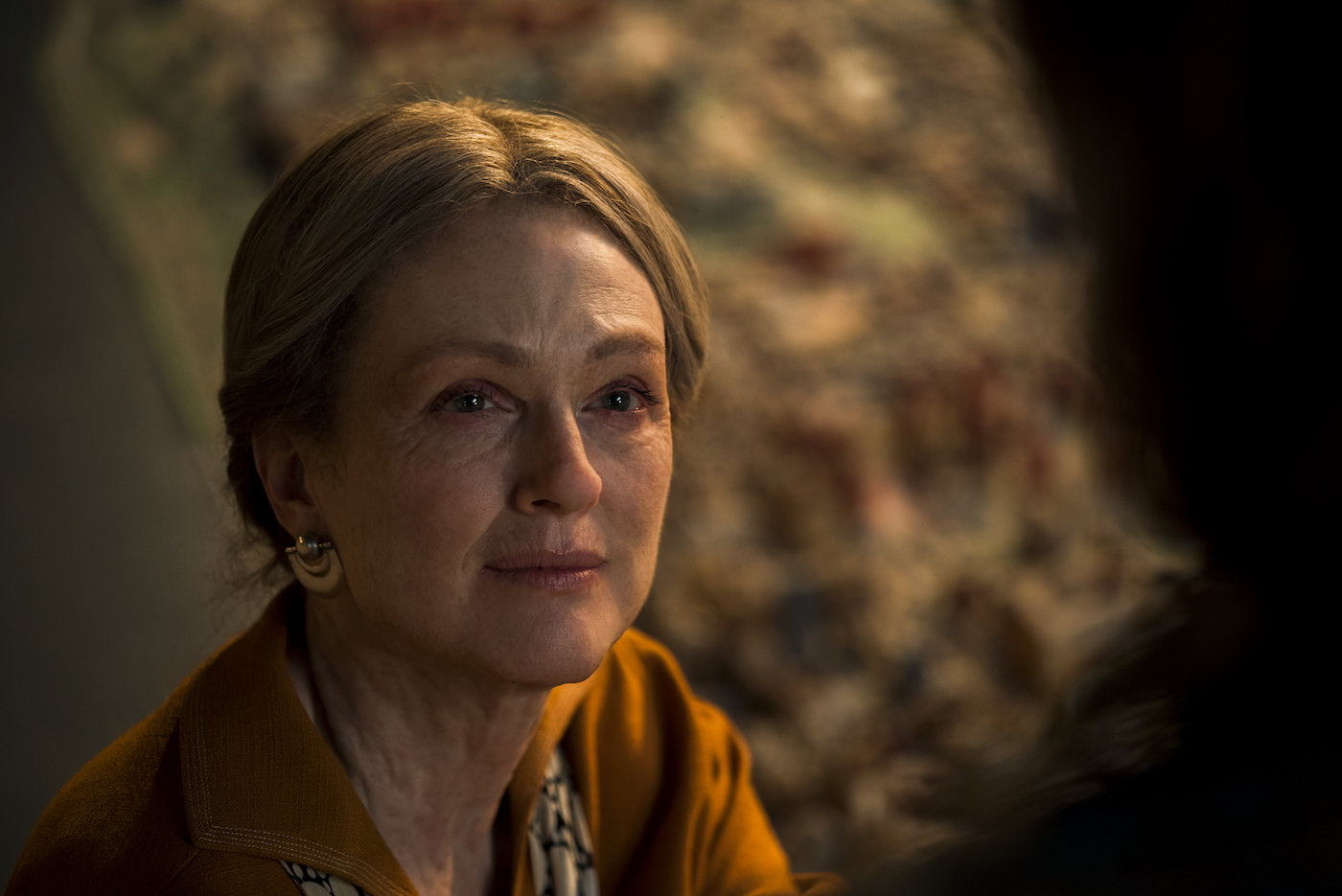How Wonderstruck Brilliantly Uses Sound & Silence to Tell a Beautiful Story
Wonderstruck, Brian Selznick’s 2011 young adult novel, weaves together illustration and text to tell a riveting story that chronicles the solo quests of two deaf 12 year olds through New York City in different eras: Rose in 1927 and Ben in 1977. The film adaptation, written by Selznick and directed by Todd Haynes, similarly transitions in puzzle-like fashion between black and white narrative and color, between silence and sound. (Read our interview with Wonderstruck cinematographer Ed Lachman here.)
More than a tribute to the silent film era, the hypnotic sound design strives to create the deaf experience for the audience. Relying heavily on subdued, elemental noises, Wonderstruck captures a phantom limb of sound to reflect Ben’s (Oakes Fegley) experience, as he loses his hearing within the storyline. “He’s still conjuring [sounds and voices] in his mind,” Selznick recently said in an on-stage interview at the Museum of the Moving Image in Queens, New York. “There are moments where the sound almost eviscerates into nothing,” added Selznick, who also penned The Invention of Hugo Cabret, later adapted to the five-time Academy Award-winning movie Hugo, directed and co-produced by Martin Scorsese.
Rose’s character is played by newcomer Millicent Simmonds, a deaf actress discovered in Utah on a wide casting search, who brings warmth and intimacy to her debut role. Rose and Ben’s journeys parallel throughout the film, intercepting at the end. Whereas Rose finds a newspaper article about a play starring her favorite silent film actress in New York City that compels her to run away to Manhattan in the ’20s, similarly, Ben’s discovery of the book “Wonderstruck” in his late mother’s (Michelle Williams) drawer prompts his voyage to the city in the ‘70s to track down a man he suspects to be his father. Both children, embracing their deafness in a hearing world, discover truths and form their identities over the course of the fable. Experiences are told through the eyes of the children with uncanny authenticity and rawness.

Millicent Simmonds, courtesy Amazon Studios.
Wonderstruck marks Haynes’ seventh feature and his first movie starring kids in lead roles. “I had confidence that this film could connect to young audiences and that kids deserve something of complexity and beautiful craftsmanship and sophistication,” Haynes said at a recent Times Talk post-screening discussion with Moore, Fegley and Jaden Michael, moderated by veteran New York Times reporter Logan Hill.
Wonderstruck also serves as Selznick’s love letter to Manhattan, creating a beautiful dialogue between the two eras in New York City: the optimistic ’20s and the city’s demise in the ’70s. As the film cuts between the time periods—represented through radically different visual styles—a dynamic musical score also captures the essence of the eras. In the opening scene, David Bowie’s “Space Oddity” resonates from a record player in Ben’s home in a rural Minnesota town in the ’70s. When Ben later steps onto the streets of 1977 New York, grooves like Esther Phillips’ “All the Way Down” and Rose Royce’s “Sunrise” set the vibe.
The soundtrack also serves as a stark contrast to the silent film era. Moore first plays Lillian Mayhew, a mysterious and glamorous silent film star in 1927, paying homage to Lillian Gish, the most “naturalistic and expressive” actor of that cinematic era, Moore said. Moore’s expressive portrayal, utterly void of sound, offers a reminder of the powerful way silent film renders human experience, and additionally puts a lens on how Rose, who is deaf, perceives Mayhew. Her vivid emotions feel so palpable, words prove unnecessary. The sound deprivation only heightens sensitivity to her facial expressions and gestures.
Moore later visually transforms to play Rose as an elderly, deaf woman in 1977. To prepare for the role, deaf actress Alexandria Wailes taught Moore how to sign. “She would come and knock on my door and only speak to me in American Sign Language,” said Moore, adding that she even studied and practiced signing in the language’s unique syntax, which vastly differs from English.

Julianne Moore. Courtesy Amazon.
“One of the most exciting things about the movie was getting to work with the deaf community,” said Selznick, who insists on having an ASL interpreter present at his “Wonderstruck” book readings, movie screenings, and interviews.
Rose and Ben’s unique stories eventually culminate, leading to the artful unveiling of touching secrets through miniatures and a New York City panorama. Production designer Mark Friedberg, who helped bring Selznick’s book to life on screen, was particularly instrumental in inspiring the visually inventive final scenes that tie all the threads together.
Wonderstruck premiered at the Cannes Film Festival in May—an awards season push in hopes it could be an Oscar contender. Amazon Studios and Roadside Attractions release the film to select theaters on Friday, October 20, 2017.



